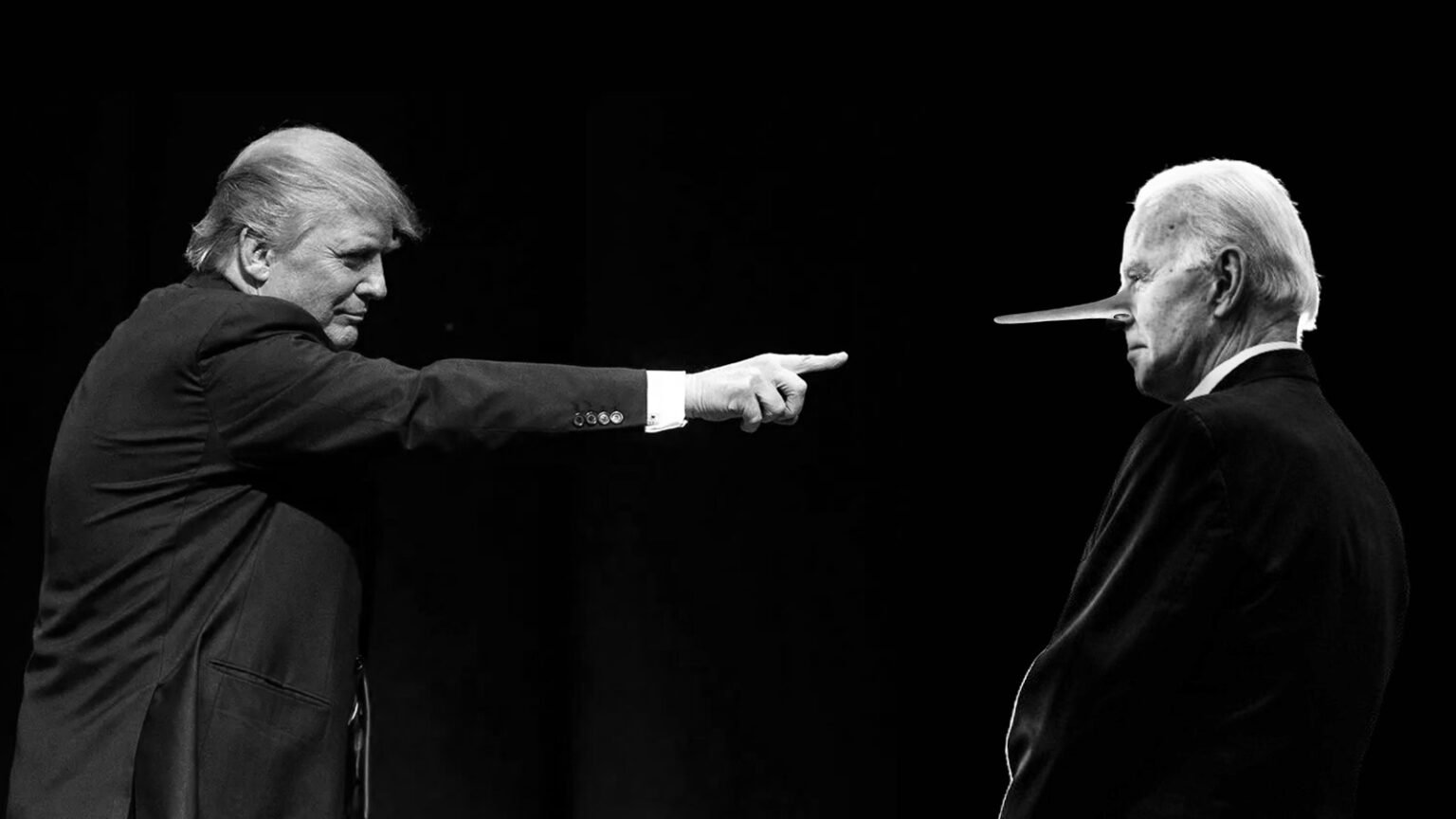The nature of these speeches diverges from what one might expect from a president; it’s difficult to envision historical figures like Abraham Lincoln resorting to attacks on judges or labeling political adversaries as “Marxist thugs.” However, Trump’s steadfast supporters appreciate his penchant for inflammatory language and airing personal grievances.
This style is expected to persist, especially as jury selection for Trump’s trial on campaign finance violations in New York commences on April 15.
“He enjoys portraying himself as a victim,” notes Todd Belt, a politics professor at George Washington University.
However, this strategy has its drawbacks. Trump faces exorbitant legal fees, amounting to hundreds of millions of dollars, which he partially covers using campaign funds.
“Furthermore, it limits his ability to host his MAGA rallies and engage directly with the public,” adds Belt.
While the outcome of the contest remains uncertain until the parties’ nominating conventions this summer, Trump has only held one of his iconic rallies, in Ohio, since the rematch became all but inevitable weeks ago.
It’s a departure from the norm for the showman, who, despite his own frequent verbal blunders, relishes adopting a stilted gait and feigning confusion while mocking Biden, much to the amusement of his supporters in crowded arenas.
While Trump has consistently derided his opponent as “Sleepy Joe,” Team Biden has recently turned the tables, playfully adopting a Trumpian style to criticize “Low Energy Don.”
Similar to Trump, Biden’s age could pose a significant challenge as he strives to ignite enthusiasm among voters during what is expected to be one of the longest and most grueling campaigns in history.
However, he has assembled a team of advisers who capitalize on his strengths.
The Democrat has been actively campaigning in crucial swing states, with recent visits to Michigan, Wisconsin, Arizona, Nevada, North Carolina, and Pennsylvania.
He has opted for intimate settings over the grand stadiums favored by Trump, often holding smaller gatherings away from the television cameras or making low-key visits to small businesses like a barber shop catering to an African-American clientele or a Mexican restaurant.
Participating in conversations around kitchen tables has become a hallmark of his campaign strategy—these events are meticulously stage-managed by aides, who often release flattering videos afterward rather than allowing journalists direct access.
In these settings, Biden can be seen hunched over a hamburger and milkshake, discussing issues like student debt with groups of undergraduates or offering comfort to a youngster struggling with a stutter, a condition Biden himself overcame in his youth.
Biden tends to shy away from interviews with the national press, instead opting for brief exchanges with local or community-based media outlets, and he rarely holds formal news conferences.
Ben Wikler, Democratic Party chief in the swing state of Wisconsin, highlighted Biden’s strength in forging human connections with people, contrasting it with Trump’s large-scale rallies.
In recent weeks, Biden has shown signs of gaining momentum in certain polls.
With ample funds at its disposal, the Democratic campaign is ramping up its investment in television advertisements and relying on a focused strategy.
However, even Biden’s staunchest supporters recognize the importance of him embracing the media spotlight to assure voters of his vitality and enthusiasm.
“They also understand that he must be more visible to dispel the perception of him lacking youthfulness and vigor,” Belt, the politics professor, remarked. “I believe they recognize that they can’t continue to keep him out of sight.”
